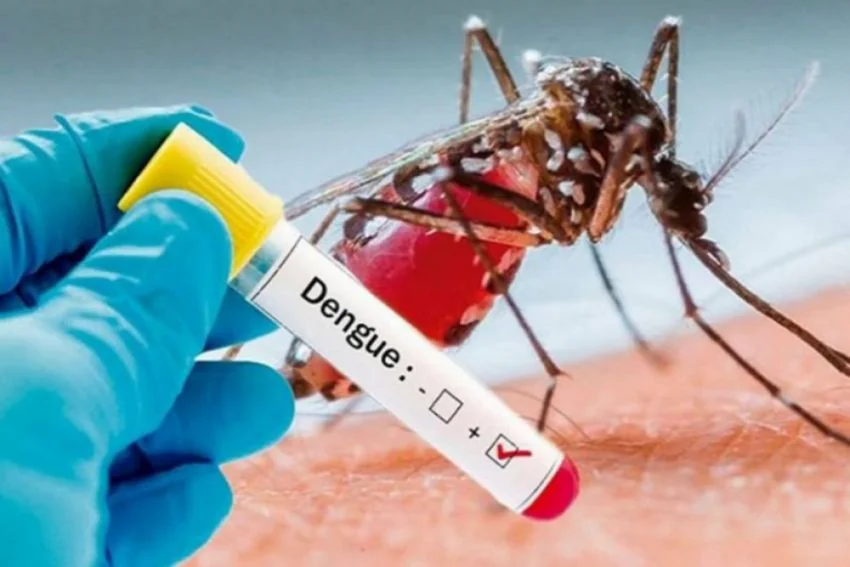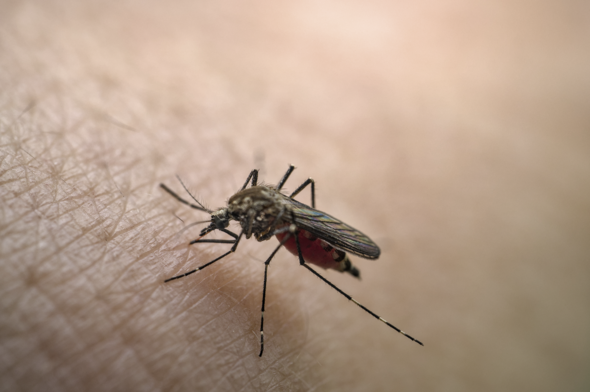Texas has reported 10 cases of dengue fever in 2024, as U.S. health officials emphasize caution against the mosquito-borne disease amid a historic global surge. According to the Texas Department of State Health Services, all 10 cases were linked to international travel.
Dengue Fever’s Rising Threat in Texas
Officials warn that a few people have contracted the disease from local mosquitoes in southern Texas in recent years. The department highlighted that heavy rainfall from Hurricane Beryl earlier this month has left standing water, creating ideal breeding conditions for mosquitoes. They urged residents, especially those involved in storm cleanup, to protect themselves from insect bites.

Jennifer Shuford, commissioner of the state health department, stated, “Unfortunately, many mosquitoes in Texas are capable of spreading diseases, such as West Nile and dengue. These diseases are often mild, but some people will develop severe illness. So, Texans need to know how to protect themselves against mosquito bites.” The Centers for Disease Control and Prevention (CDC) also issued a health advisory this summer, noting that globally reported cases of dengue have reached an all-time high in 2024.
National and Global Dengue Statistics
A record-high 2,559 cases of dengue have been reported across 45 U.S. states and territories in 2024, with significant numbers in Florida (218), New York (143), and California (40). Puerto Rico declared a public health emergency after reporting 1,498 cases. The CDC warns that the number of cases is likely to increase as global temperatures continue to rise.
The national dengue infection count has already exceeded last year’s total of 1,848 cases, the highest since at least 2010. Cases had declined during the first two years of the COVID-19 pandemic but have surged again. Hot, wet weather is expected to create breeding grounds for disease-carrying mosquitoes, particularly as the summer travel season peaks.
Globally, more than 10 million dengue cases and 5,000 deaths have been reported from 80 countries and territories in 2024, according to the European Centre for Disease Prevention and Control. The Americas have accounted for most of these cases, with 9.7 million reported, doubling the 4.6 million cases from 2023. In Texas, the health department recorded 79 dengue cases last year, including one locally acquired case in Val Verde County. Department spokesperson Lara Anton confirmed no related deaths were reported in 2023.
Symptoms and Safety Precautions
According to the CDC, about 1 in 4 people infected with dengue become ill. Severe cases can be life-threatening within hours and require hospital care, and symptoms can appear within two weeks of a mosquito bite. Common symptoms include fever, nausea, vomiting, headaches, rashes, and pain in the eyes, joints, bones, and muscles. About 1 in 20 cases are severe, potentially leading to shock, internal bleeding, and death.
Warning signs of severe dengue typically begin within 24 to 48 hours after the fever subsides. The CDC advises immediate hospitalization if any of the following symptoms occur: belly pain or tenderness, vomiting (at least three times in 24 hours), bleeding from the nose or gums, vomiting blood, blood in the stool, or extreme tiredness or restlessness.

To prevent dengue, the CDC recommends protecting yourself from mosquito bites by using insect repellent, wearing loose-fitting, long-sleeved shirts and pants, using air conditioning and window screens to prevent mosquito bites indoors, and eliminating standing water near your home. Travelers to dengue-affected areas should be particularly vigilant and seek medical care if they experience symptoms after visiting an outbreak zone.
